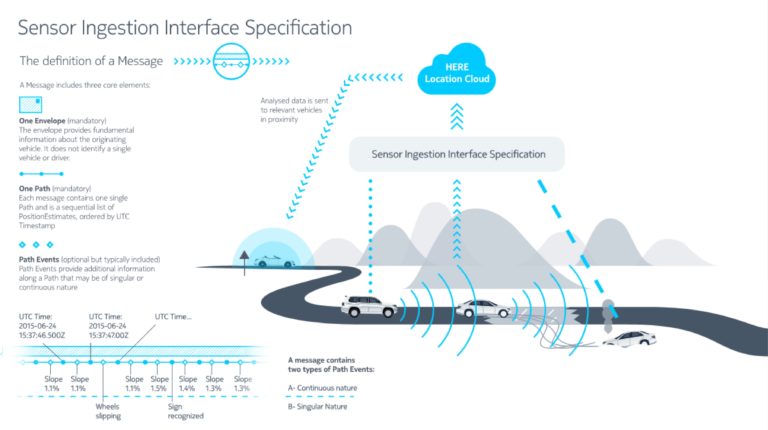Alex Gekker and Sam Hind in New Media and Society (2019).
This article proposes a new model of privacy: infrastructural surveillance. It departs from Agre’s classic distinction between surveillance and capture by examining the sociotechnical claims of connected and autonomous vehicles (CAVs) as requiring totalising surveillance of passengers and environment in order to operate. By doing so, it contributes to the ongoing debate on the commodification and platformisation of life, paying attention to the under-explored infrastructural requirements of certain digital technologies, rather than its business model. The article addresses four distinct characteristics of infrastructural surveillance: the aggregation of data, initialisation of protocols limiting possible actions, the prioritisation of distributed modes of governance and the enclosure of the driver in a personalised bubble of sovereign power. Ultimately, unlike previous modes of computer privacy in which activities are being constructed in real time from a set of institutionally standardised parts specified by a captured ontology, we observe the creation of new ontologies.
